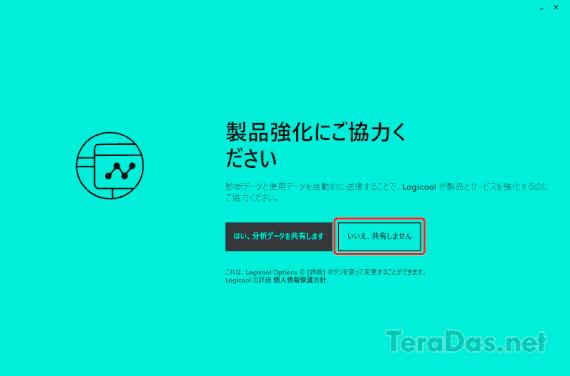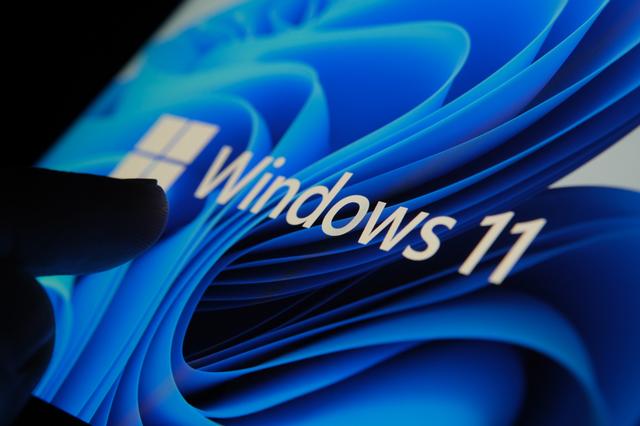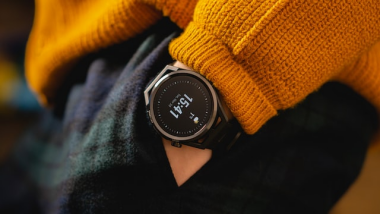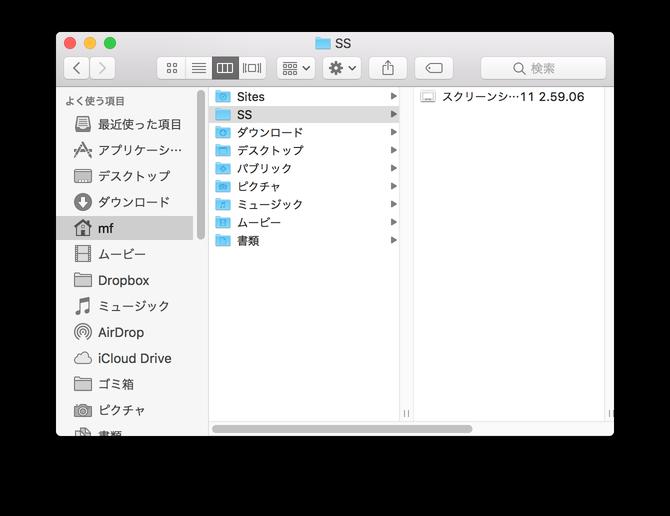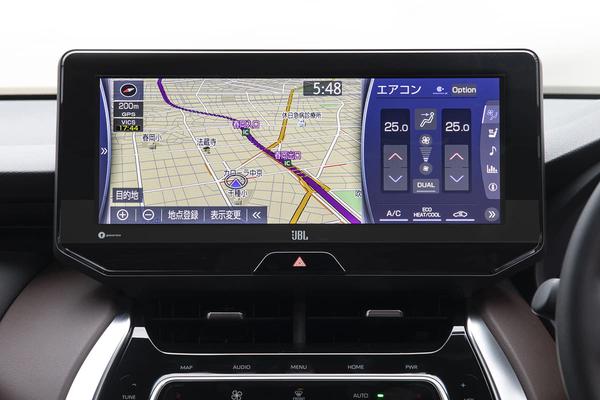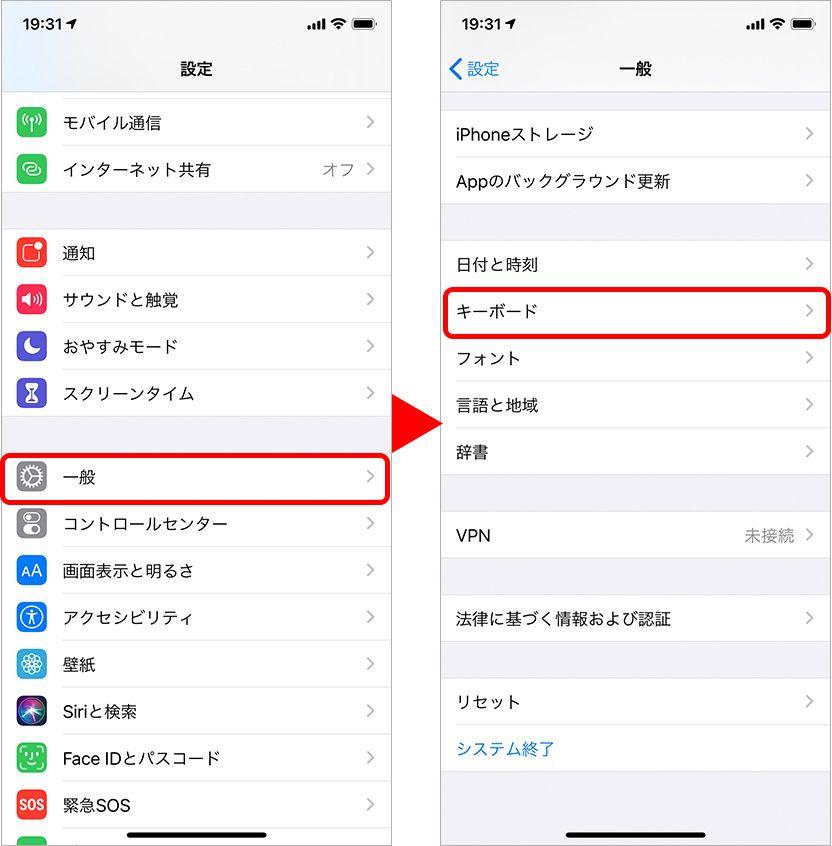Youth Korona-ka's online use ... Increased by 1 hour to about 4 and a half hours
Blue Boy's Internet Usage-1 (Internet Usage Rate)
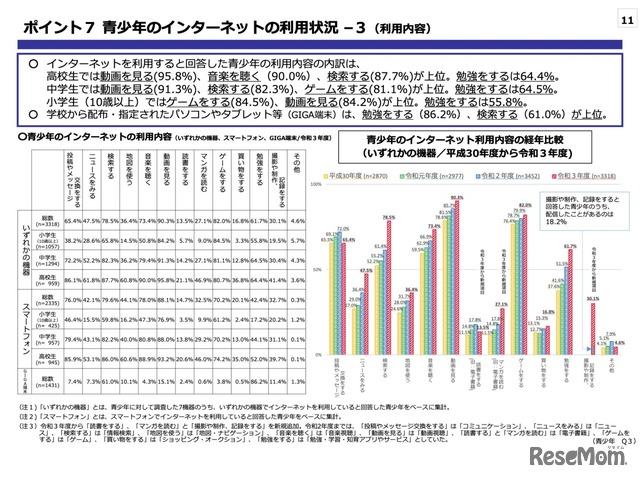
On February 28, 2022, the Cabinet Office announced the results (breaking news) of the "Survey on the Internet Usage Environment of Youth" in 2021 (Reiwa 3). Internet usage time has increased by about 1 hour from the previous year for all elementary, junior high and high school students. High school students averaged about 5 hours and 31 minutes a day. The usage rate of GIGA terminals is 50.0% for elementary school students and 48.0% for junior high school students. Internet usage of young children-1 (Internet usage rate) The 2021 "Survey on the Internet Usage Environment of Youth" was conducted from November 3rd to December 14th, 2021 for young people (10 years old to 17 years old). Conducted for parents who live with children (ages 0 to 9) and parents who live with young people. Responses were received from 3,395 adolescents, 3,511 adolescent parents, and 2,294 younger parents. The Internet usage rate of young people is 97.7%, and by school type, 99.2% of high school students, 98.2% of junior high school students, and 96.0% of elementary school students (10 years old and over) use the Internet. Most junior and senior high school students use "smartphones," and elementary school students use "game consoles." The usage rates of PCs and tablets (GIGA terminals) distributed and designated by schools were 50.0% for elementary school students (10 years old and over), 48.0% for junior high school students, and 25.5% for high school students. Looking at the content of Internet usage, high school students ranked high in "watching videos" 95.8%, "listening to music" 90.0, "searching" 87.7%, and "studying" 64.4%. For junior high school students, 91.3% "watch videos", 82.3% "search", 81.1% "play games", and 64.5% "study". Among elementary school students (10 years old and over), "playing games" was 84.5%, "watching videos" was 84.2%, and "studying" was 55.8%. When limited to GIGA terminals, 86.2% "study" and 61.0% "search" were the main usage contents. Youth Internet usage time (per day on weekdays) is about 4 hours and 24 minutes, an increase of about 1 hour from the previous year. All school types have increased by about 1 hour compared to the previous year, about 5 hours 31 minutes for high school students, about 4 hours 19 minutes for junior high school students, about 3 hours 27 minutes for elementary school students (10 years old and over), and the Internet. I was using it. By purpose, hobbies and entertainment are the most common, about 2 hours and 45 minutes, and studying and learning are about 1 hour and 1 minute. There was a tendency for the Internet usage time to increase further due to the Korona-ka. The internet usage rate for young children is 74.3%, 70.4% for children (0 to 6 years old) and 89.1% for elementary school students (6 to 9 years old). The usage rate of GIGA terminals for elementary school students (6 to 9 years old) was 39.8%. The most used devices are "TV (not including terrestrial broadcasting, BS, etc.)", "Home PCs and tablets", and "Game consoles", and the usage contents are "Watch videos" 94.0% and "Play games" 59.0. % Is in the top. Internet usage time (on average per day) increased by about 7 minutes from the previous year to about 1 hour and 50 minutes. Among the adolescents and parents of younger age groups who answered that they are using the Internet on their "smartphones," the percentage of children aged 10 to 11 years old increased by 13.8 points. The ratio of children's equipment is 48.0% at the age of 10, but it is 61.8% at the age of 11, and the ratio of sharing between children and relatives is reversed. Regarding household rules regarding the use of the Internet, 81.3% of parents in the younger age group answered that they "set the rules". In addition, the percentage of adolescents was 79.0%, while that of adolescents was 63.4%. There is a 25.9 point difference between high school students and parents who answered that they have decided the rules, and the “recognition gap regarding the existence of rules” between adolescents and parents is also increasing as they get older. have understood. As for parents' efforts to get their children to use smartphones, 86.5% of youth parents answered that they manage their children's Internet use in one way. The most specific approach was "filtering" (44.5%), followed by "deciding when and where to use it" (39.1%) and "using services and apps suitable for the target age". 38.1% was the top. In particular, up to junior high school students, more than 90% of parents managed their children's use of the Internet in some way.
Risemum Nozomi Hatayama
Last updated: Risemum